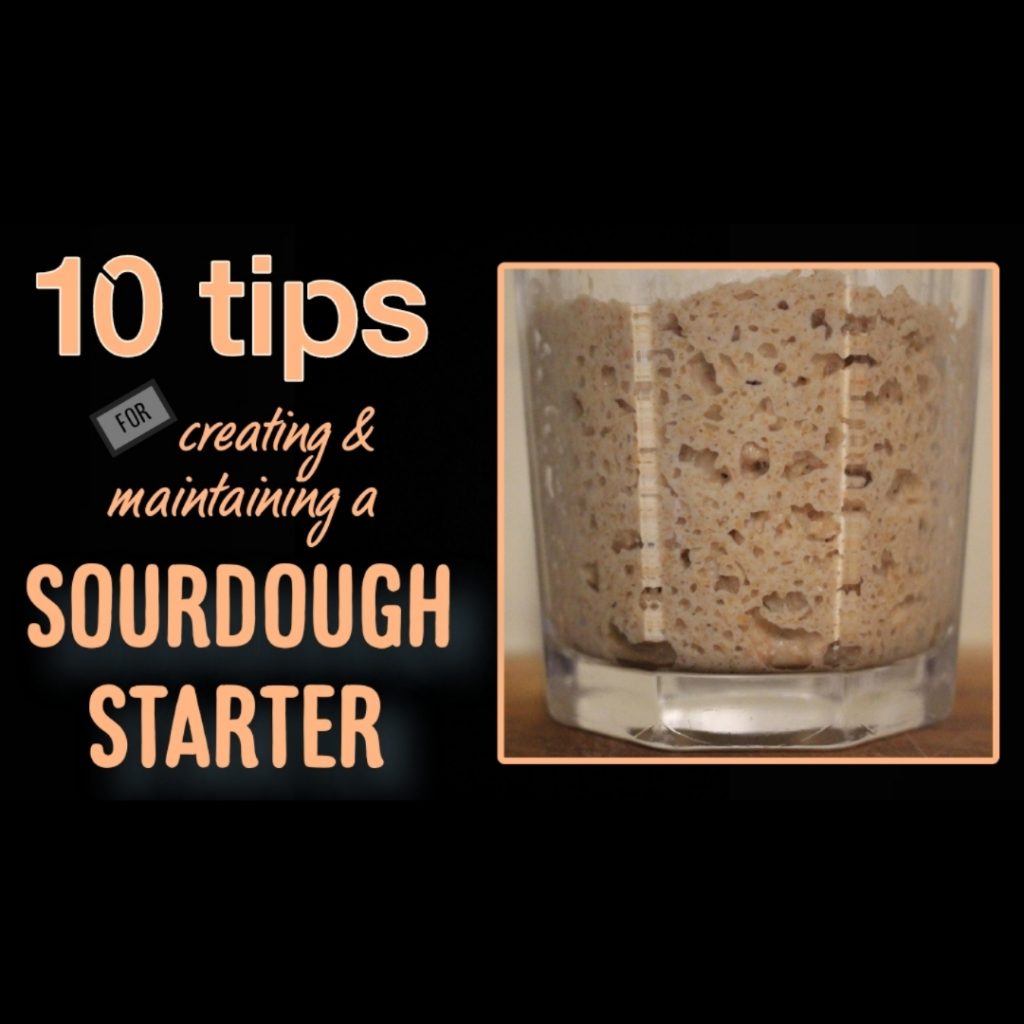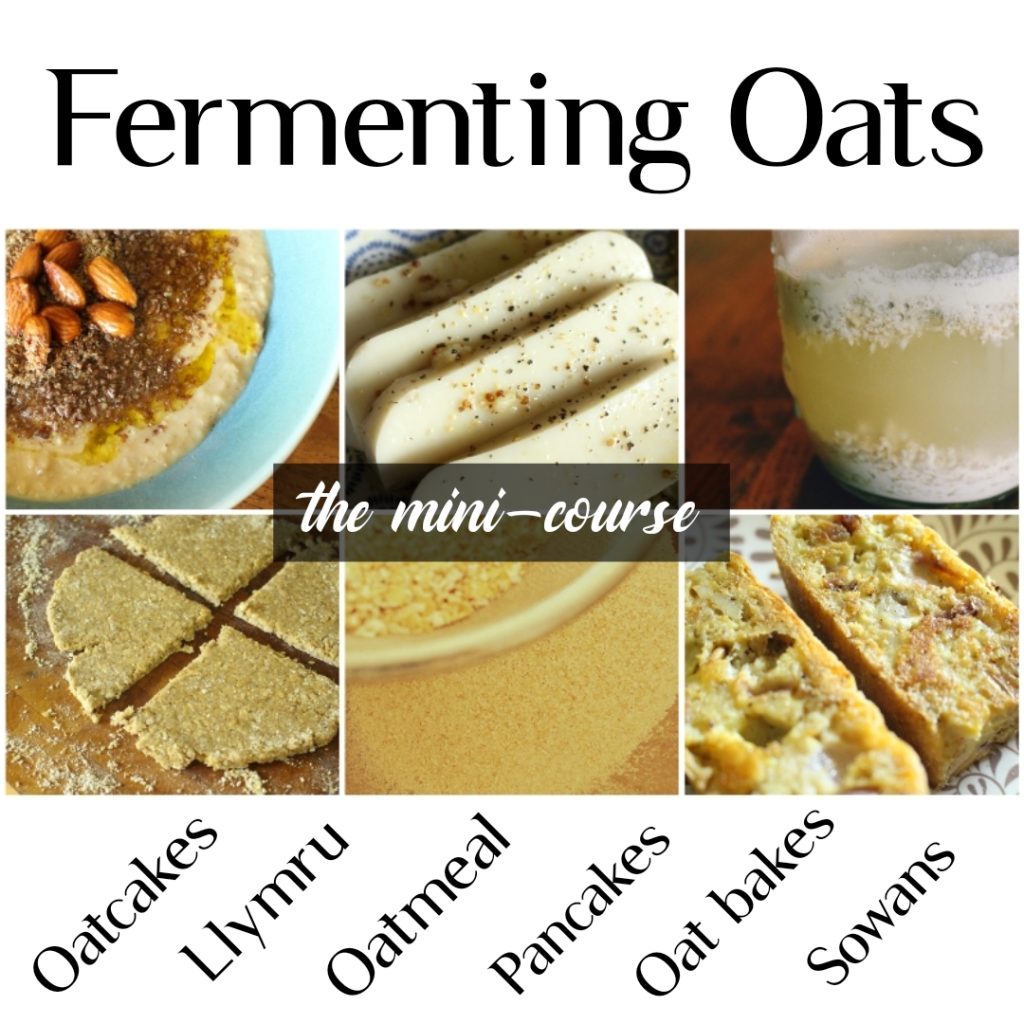From Instagram
PostThe ancestral chocolate cake…that could pass as ‘just’ a delicious chocolate cake to those not in the ancestral ‘know’.
.
Trying to interface cooking ancestrally with those I love that don’t dance this way is one of the hardest parts of my kitchen…but this cake does it 🙂
.
It’s ancient grain (spelt), it’s sourdough, it’s egg and dairy-free (as my little one struggles with those), it is refined-sugar free, it uses ‘proper’ cocoa (not dutched)…
.
AND it’s delicious; to me and my boys but also to my son’s classmates and my non-ancestral eating family and friends.
.
(Next challenge…to try and explain to them why it takes a day to make and costs three times as much as a ‘normal’ chocolate cake.)
.
I’m going to make this cake again this week – it’s my mum’s birthday and my sister is coming over with her three children. I’m thinking of going for it *big* time and making two layers sandwiched together with fresh cream. I’m not in my own kitchen…so if I pull it off even I’ll be impressed 🙂
.
The recipe will be in the forthcoming @ancestralkitchenpodcast sourdough spelt cookbook 🙂


